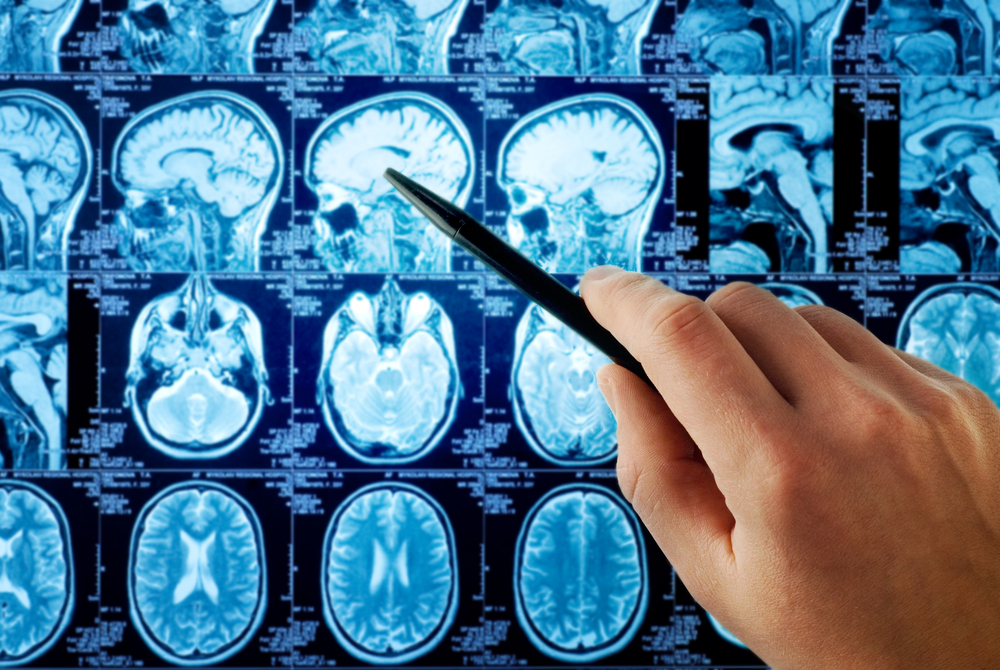Studies of Friedreich’s Ataxia Brain Changes Need to Gain Scale, Review Argues

Research into how abnormalities in the large area of the brain are part of Friedreich’s Ataxia disease processes will advance understanding and improve the chances of finding new treatments, researchers from Australia’s Monash University contend in a review.
But research needs to focus on larger, multi-modal studies that will allow both a thorough understanding of disease symptoms and prospective mapping of disease features, they maintained.
Ultimately, such an approach — and the knowledge it generates — should benefit patients by contributing to better treatments and improved quality of life.
The review, “Cerebral Abnormalities in Friedreich Ataxia: A Review,” was published in the journal Neuroscience and Biobehavioral Reviews.
Researchers believed for a long time that disease processes in Friedreich’s ataxia affected only the spinal cord and parts of the cerebellum. That notion has changed in the past decade, however, with studies showing that patients also have abnormalities in the larger part of the brain.
These changes involve structural changes in both white- and gray-matter regions, as well as functional deviations and abnormal wiring between the cerebellum and the cerebrum, which is the scientific name for the large part of the brain.
For instance, studies show that Friedreich’s ataxia patients score within the normal range in intelligence tests, particularly on tasks investigating attention and memory. Yet, subtle differences from healthy people appear to exist, such as in cognitive flexibility, processing speed or complex visuospatial tasks.
But while these reports have been coming through, researchers have not managed to understand the “nature, extent, and potential causes of these findings,” the Monash team wrote.
And although these subtle abnormalities do not appear to affect patients’ everyday functioning, researchers still ponder the relevance of these findings.
The current lack of direction in research into how Friedreich’s ataxia impacts the brain and its functions might prevent research findings from benefiting patients. A lack of relationship between observed genetic and molecular changes and disease symptoms has made treatment development difficult, and the same reasoning holds true when studying brain changes, the researchers argued.
Large, prospective studies using multi-modal brain imaging analyses that assess several aspects of brain function might, however, overcome some of these issues, they suggest. It also will be crucial to study patient sub-groups to understand the variability of research findings, they said.
Ultimately, such studies might lead to the development of new markers of disease progression and treatment effect — findings that might allow the discovery of treatments and improve the quality of life of Friedreich’s ataxia patients, they concluded.






